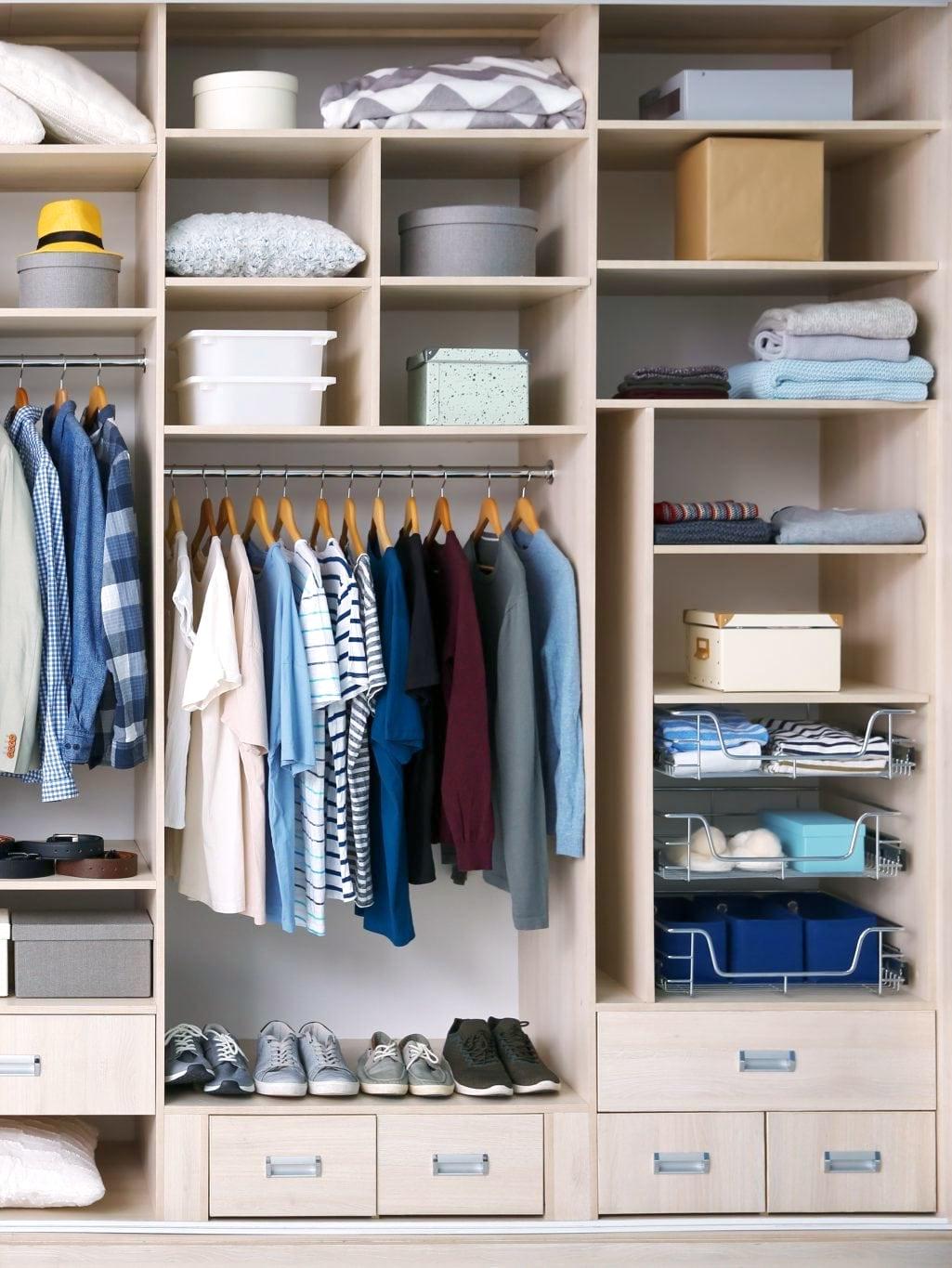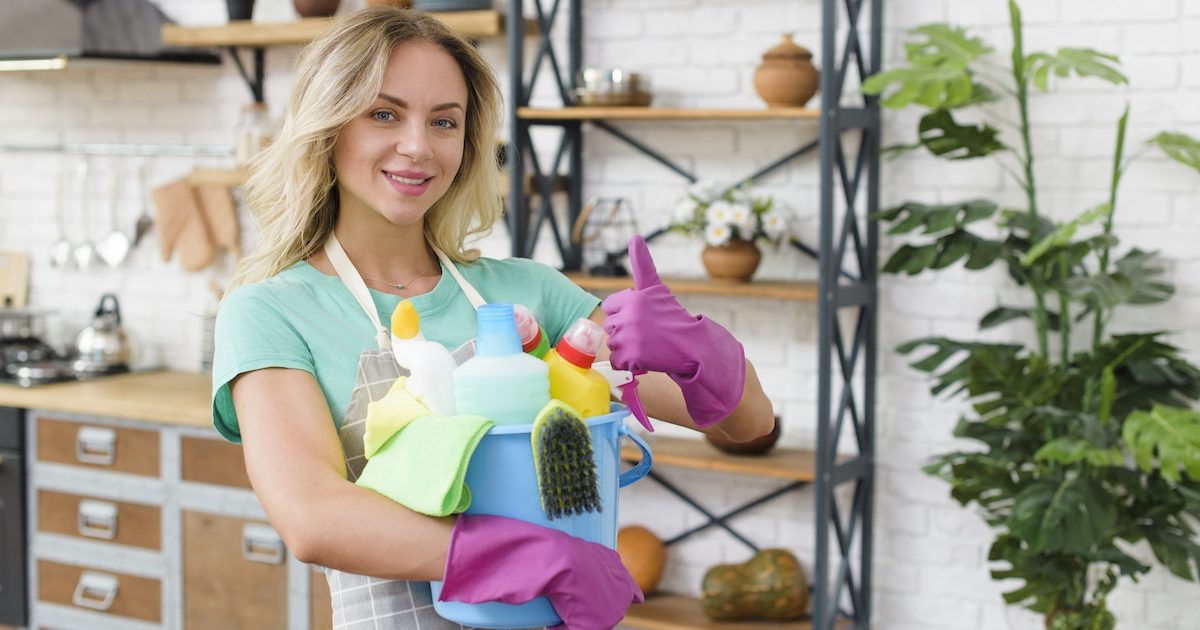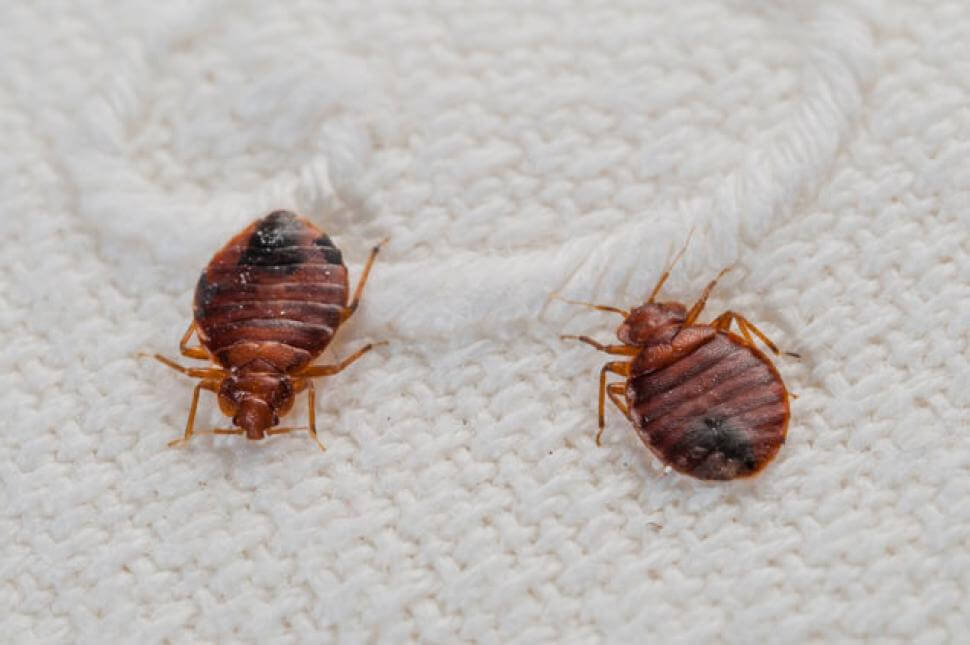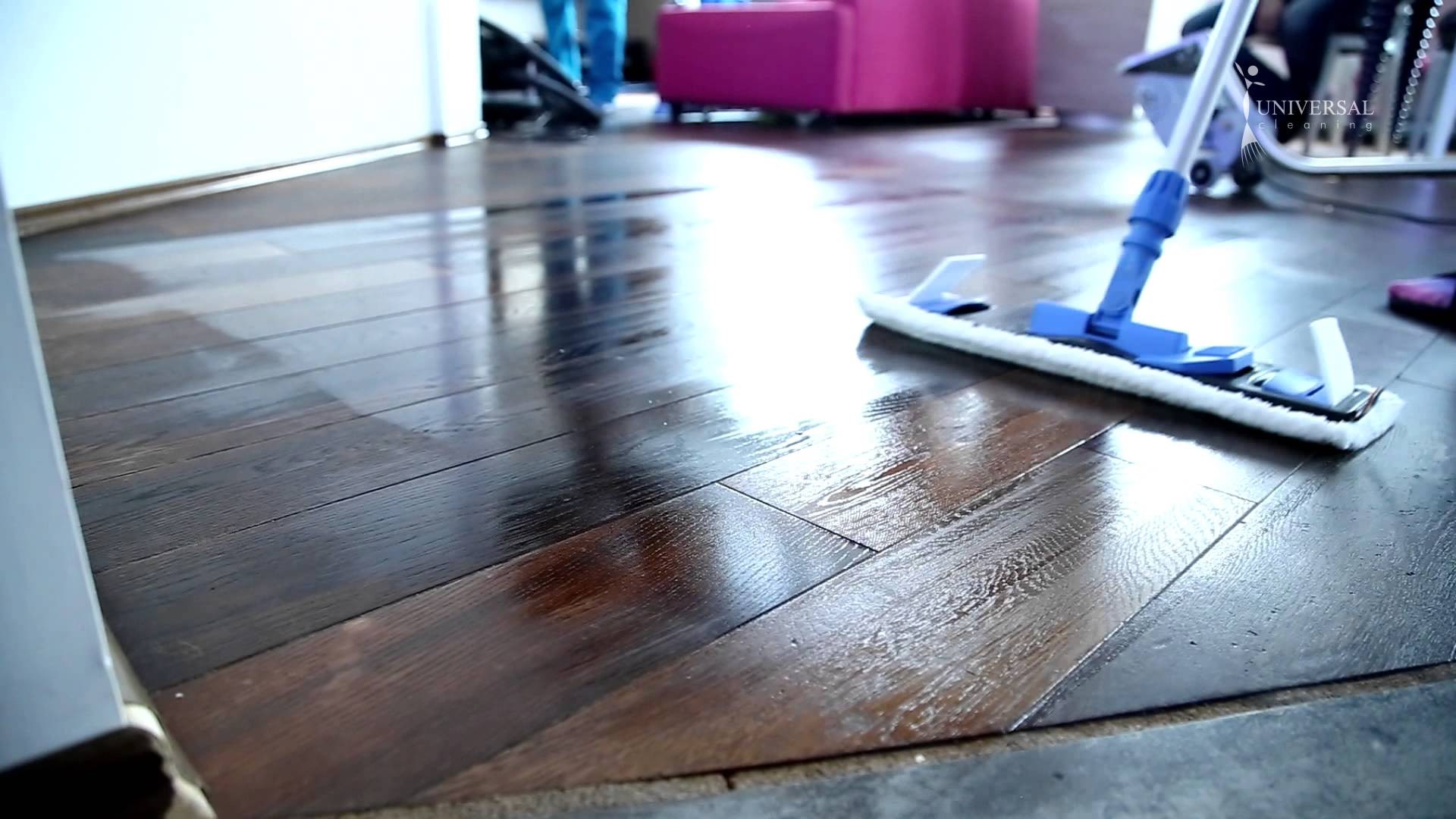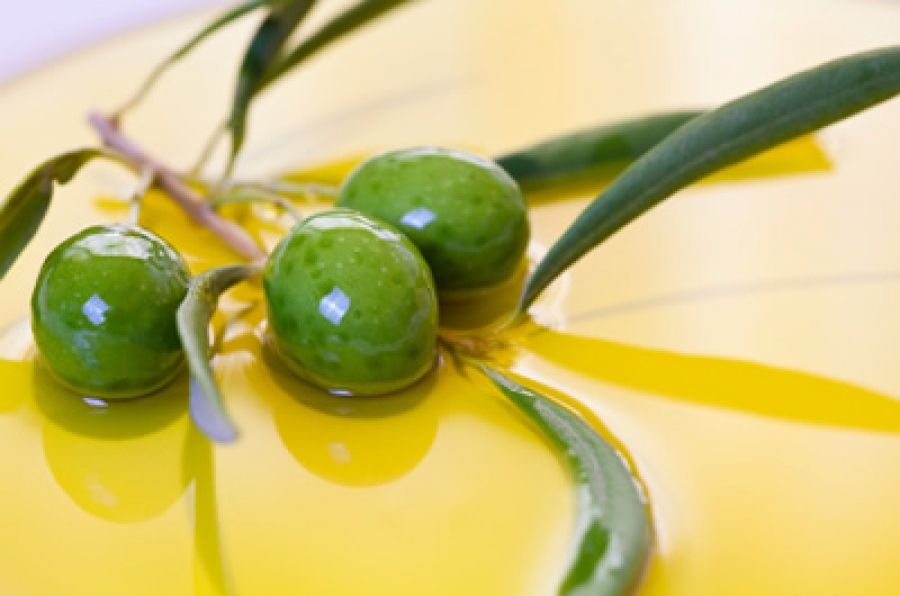How to clean old batteries, remove dust, layers of cobwebs and accumulated grease? Our experts – have collected several effective ways to clean the radiators in the apartment.
Types and kinds of heating radiators
Depending on the material your radiators are made of and their shape, you will need to choose the best cleaning technique. Pay attention to what your radiators are made of:
- Steel (panel steel radiators, tubular);
- aluminum (lithium or extruded batteries);
- cast iron (the well-known harmonica radiators and modern retro-style models);
- bimetal.
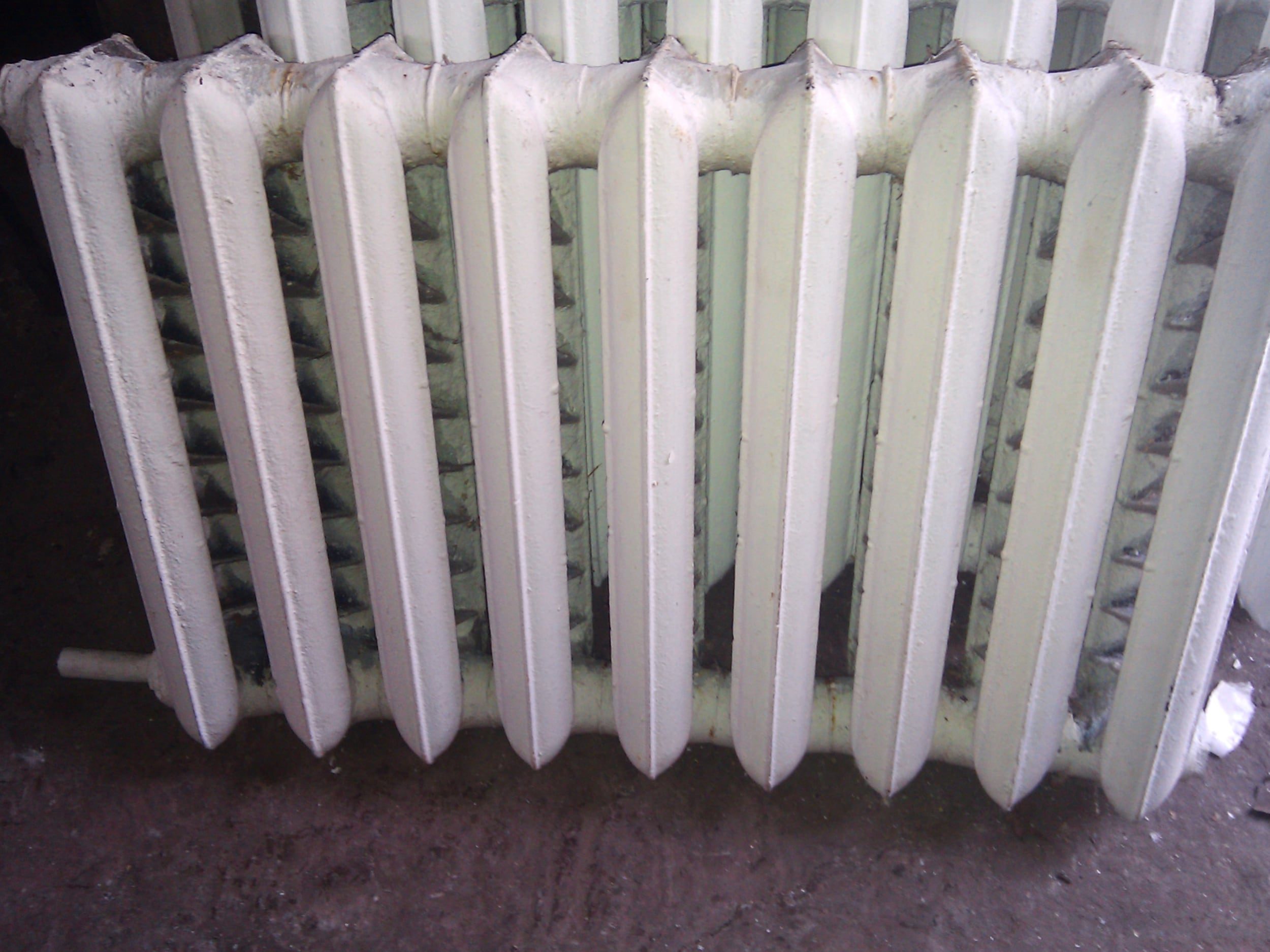
How to clean the batteries inside
- Method 1. This is the most popular option for getting rid of dust from the inside and back walls of bimetallic or steel radiators. To do this, the back wall of the radiator should be covered with a suitable size wet rag. And then on the front, “front” side, send a powerful jet of air from an ordinary hair dryer. The hair dryer will blow out all the dust from inside the radiator, and it will be attached to the wet rag on the back. After that, remove the rag, and go over the outer parts of the radiator again with a wet rag or sponge.
- Method 2. If you have cast iron radiators, just a blow of air from a hair dryer will not blow out all the dust, cobwebs and other contaminants. The problem is that often the dust is as if “welded” to the coating of cast iron radiators during the heating season. And to get rid of them, you need to be creative and cautious not to hurt your hands. You can use rag household gloves for this purpose or simply put on the hand soaked in water or soap solution unnecessary cotton sock. Then you need to run your hand, covered with the sock or cloth, over all the insides and backs of the radiator. All the dust and cobwebs will remain on the rag surface. If you are dealing with a thick layer of dust, first soak the dirt in this way, and then go over with your hand once more, wiping the radiator clean.
- Method 3. For aluminum and cast iron radiators, you can also use this method of cleaning. Dissolve regular baking soda in water. Take a bottle brush, dip it into this baking soda solution and go over the “ribs” of the radiator thoroughly. Dust and dirt will “come off” in 5-10 minutes.
- Method 4. Toothpaste or toothpaste can help remove sticky, greasy deposits on kitchen radiators. Apply it to an ordinary sponge and scrub the dirty areas well.
- Method 5. You can spray the radiator with a cleaner or detergent solution with citric acid, baking soda, hydrogen peroxide through a spray gun. After that, as usual, wipe the radiator clean with a sponge or damp cloth.
- Method 6. Very dirty radiators (for example, after repair work) can be cleaned as follows. Place a wide tray under the radiators, cover the wallpaper and nearby objects with oilcloth or construction film, heat water well in a kettle and pour hot water over the radiator to keep the dirty water in the tray. When the dirt is soaked in this way, you can use a scrubber with any cleaner.
How much does it cost to clean the radiators in the apartment can be seen at: https://Maid in Your Hometown.com.ua/kvartira
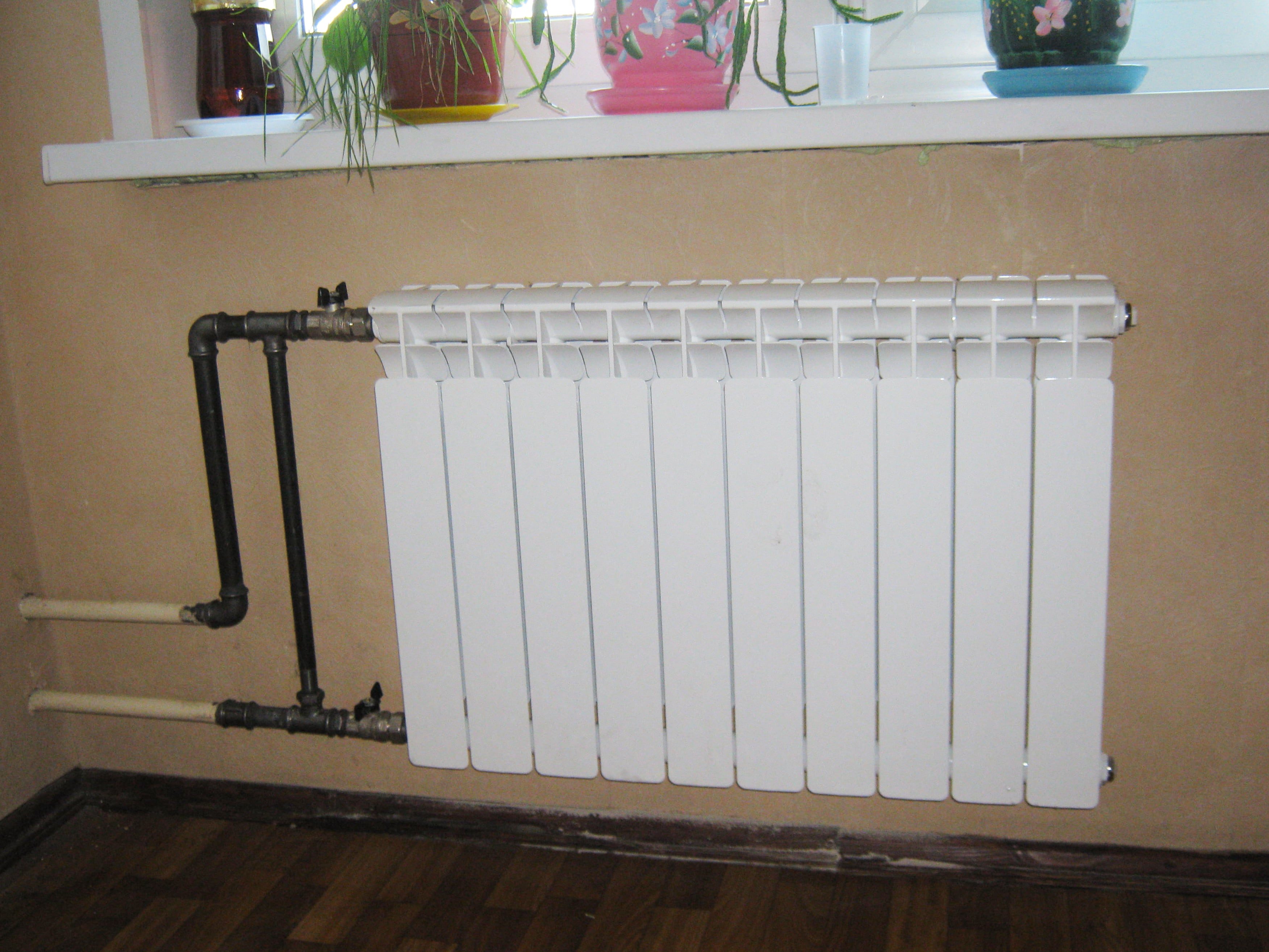
Helpful Tips:
- Before washing the radiators, take care of the safety and security of the wallpaper on the wall behind the radiator itself: cover it with construction film or oilcloth. And under the radiators themselves put a wide basin, where the dirty water or cleaning products will run down.
- To clean the batteries, you can use both industrial detergents and those that are always available in every home: soap, toothpaste or tooth powder, hydrogen peroxide, baking soda diluted in water, and citric acid. Note! To avoid rusting your batteries, avoid detergents with added chlorine or phosphates.
- When spraying water or detergents on batteries, place old newspapers or rags on the floor under the radiator so that the dripping water or detergents do not remain on the floor but are absorbed by them.

